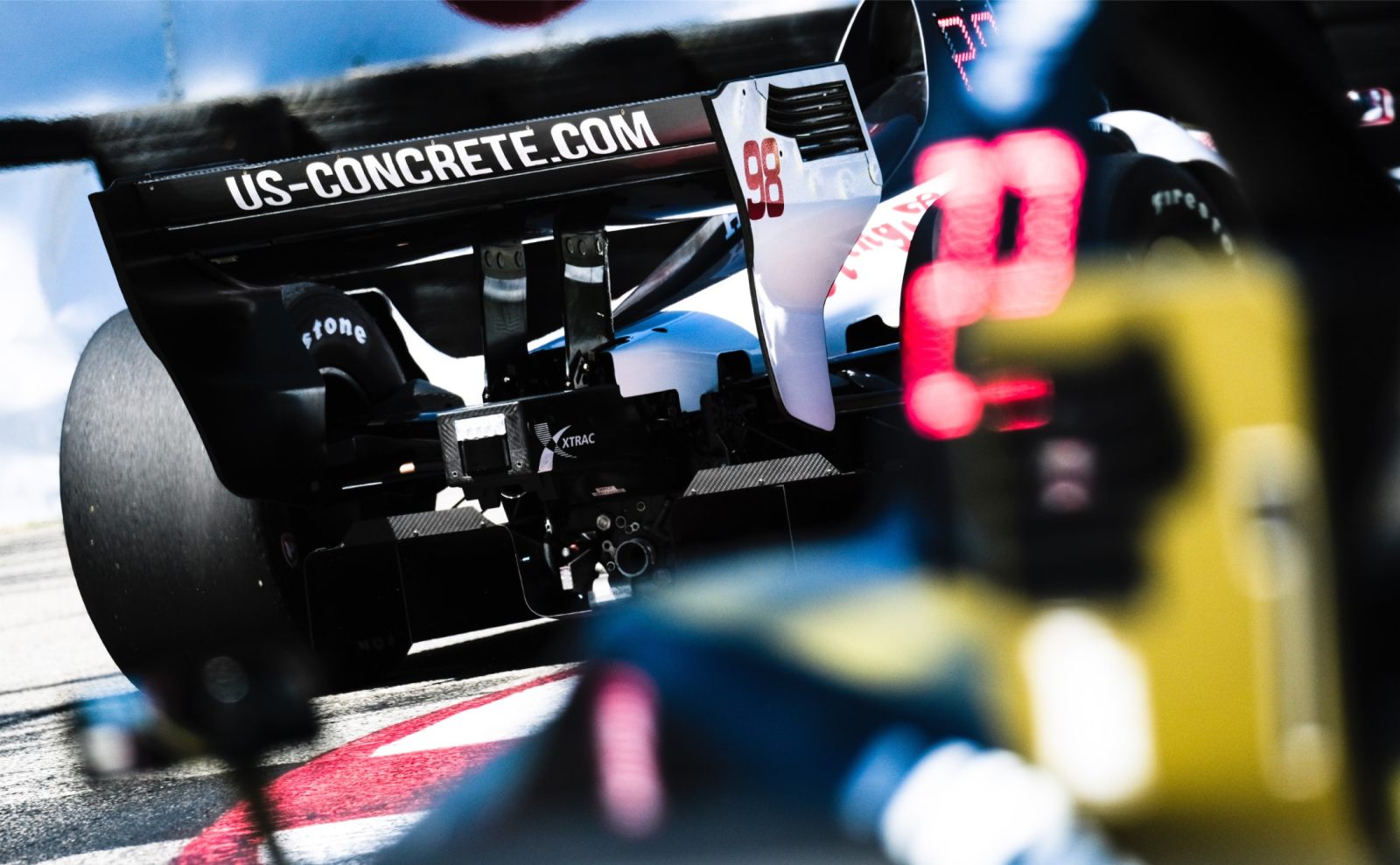Hybrid Introduction Aligns New Engines With 2022 Chassis

New engines will arrive in NTT IndyCar Series competition a year later than originally scheduled due to a regulations change that prompted an update to the timeline and will bring hybrid technology to North America’s premier open-wheel championship in 2022.
Pushed forward one year from 2021, INDYCAR’s revised engine formula for its top series will debut alongside the next-generation chassis during the 2022 season, aligning the new powertrain and chassis and coordinating the concurrent demise of both the existing Dallara IR-12 and its 2.2-liter turbocharged V-6 engine formula.
The hybrid technology INDYCAR aims to employ will be composed of a multi-phase motor, inverter and electric storage device that will source energy from the car’s braking system, providing additional power to the traditional — but updated — internal combustion engines supplied by Chevrolet and Honda.
An integration of the hybrid system with push-to-pass will help the series reach its goal of exceeding 900 horsepower, potentially leading to higher speeds and quicker lap times.
“It’s an exciting time for INDYCAR with the forthcoming evolution of the cars and innovations like the hybrid powertrain being incorporated into the new engine,” said INDYCAR President Jay Frye.
“As we move toward the future, we will remain true to our racing roots of being fast, loud and authentic and simultaneously have the ability to add hybrid technology that is an important element for the series and our engine manufacturers.”

The one-year delay will give car companies additional time to assess INDYCAR’s new regulations as the sanctioning body’s top series looks to add additional Original Equipment Manufacturers to augment and challenge current participants Chevrolet and Honda. More important than the delay is the electrification aspect itself, which is meant to attract new manufacturers to the series as it provides more relevance to current and future consumer applications.
Outside of competition and business aspects, a notable safety and competition enhancement is the inclusion of an onboard starter as part of the new hybrid system, eliminating the need for manual hand-held starters. The ability to restart a car without assistance from the AMR INDYCAR Safety Team should lead to fewer cautions and less risk during situations involving one or more stalled cars.
Coinciding with INDYCAR’s interest in providing a stable platform for competitors, suppliers and fans alike, the new hybrid engine regulations will be in place for six years through the 2027 season and represent a continuation of the sanctioning body’s original five-year strategic plan that began in 2016.
The new engine formula’s revised schedule will keep the current one in place through 2021. Both manufacturers will continue to develop their engines under the current homologation table through the next two seasons. The first race with the hybrid engines will presumably be the Firestone Grand Prix of St. Petersburg on March 10–13, 2022.
Ben was hooked after witnessing Dario Franchitti's victory at the 2009 Iowa Corn Indy 250 and began providing media coverage from IndyCar events in 2015. If IndyCar is on track, he can be found live-posting and updating The Apex's Race Reports from his iPad Pro.
